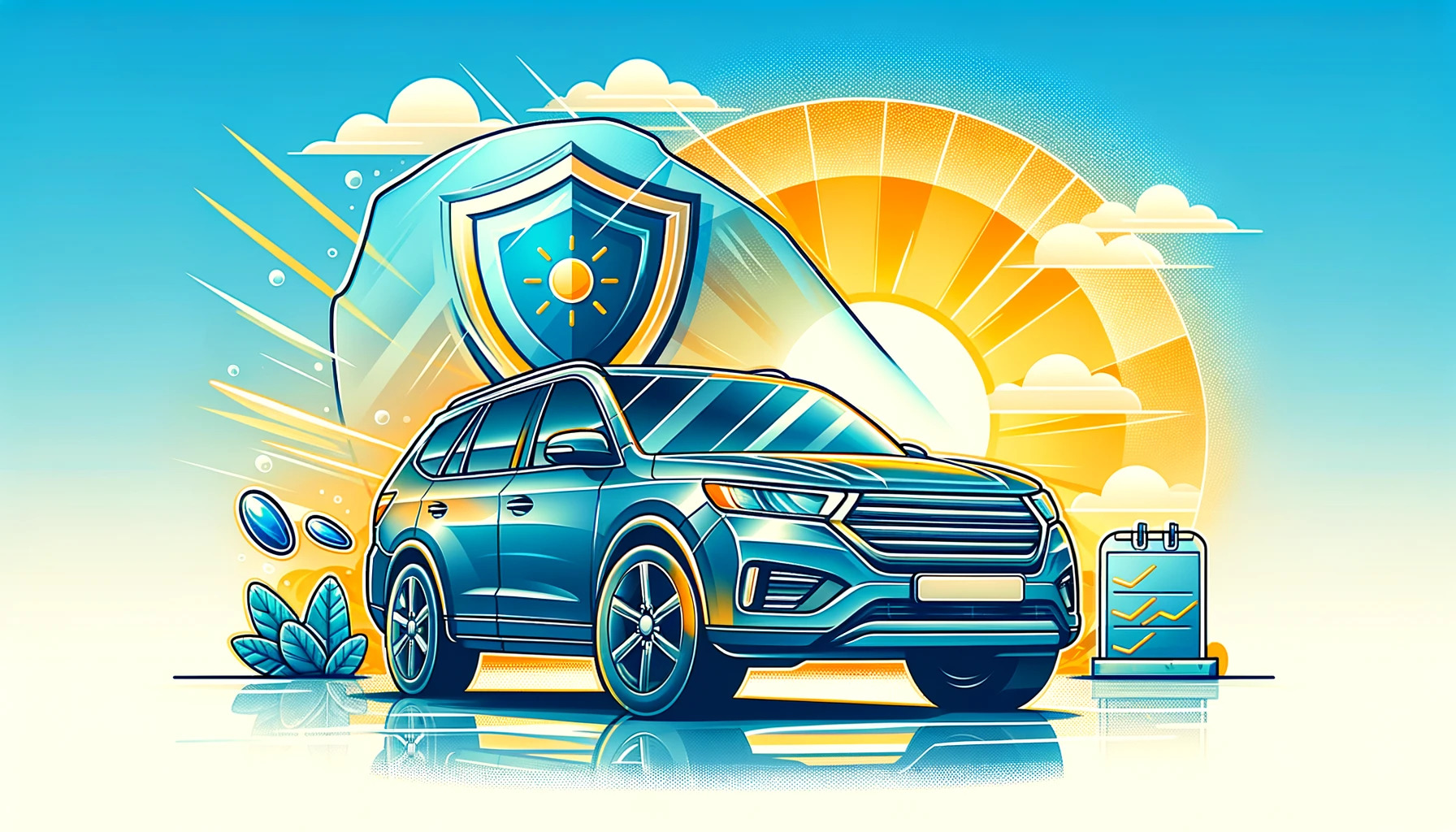We have used real-time testing and user reviews to find the best car tint for UV ray rejection. All tints are expected to reject UV rays on some level. The reason why that is a selling point for car tint films and even residential tint is that UV rays cause cancer and premature aging of the skin.
According to our data and verified user reviews, the old school dyed car tints are the ones that are the least effective for this purpose. The reason for that is that dyed car tints don’t have UV ray blocking technology in them.
Dyed car tint films rely on the color of the film primarily to deflect sunlight. That is why they also don’t block infrared rays. They primarily block out light rejection. Therefore, dyed car tints don’t have much of an impact on UV ray or infrared ray rejection.
They will not keep your car cool either. The newer car tint technologies, however, perform much better in this domain. Examples include metallic and nano-ceramic car tints.
Do nano-ceramic tint films block UV rays?
The reason why nano-ceramic films are preferred over metallic films is very obvious. Metallic films have been known to interfere with mobile signals. Nano-ceramic tint films don’t have that disadvantage and still keep out UV rays, infrared rays, light energy, and heat. That is why a nano-ceramic car tint film is the best car tint for UV ray rejection.
Get the best car tint for UV ray rejection
If you want a UV ray blocking car tint or best car tint for UV ray rejection film installed in your vehicle, call 786 330 6171 today. We are available to provide all kinds of assistance including free quotes and consultations. We install XPEL tint films across Florida. Our car tints are guaranteed to never bubble, peel, or crack. They also don’t fade with time like substandard tint films.

